Gringley at War
The Great War, 1914-1918
In June 2014, 100 years after the outbreak of the Great War, Gringley History Club published 'Gringley: A Tribute to the 24'. This book commemorates the 24 men who are named on our War Memorial. Information on most servicemen shows burial on the western front in France and Belgium including the Somme and Loos, but some are mentioned as far afield as Greece and Jerusalem.
The first casualty of war was Lance Corporal George Henry Antcliff who was killed in France on 24 November 1914.
Men were urged to join the army of Shoeing Smiths who were needed to attend horses used in the field. Albert Girken Marriott, formerly of High Street Gringley, served as a Shoeing Smith and was killed on 23 September 1917. Clarence Moody also a Shoeing Smith died on 24 November 1915.
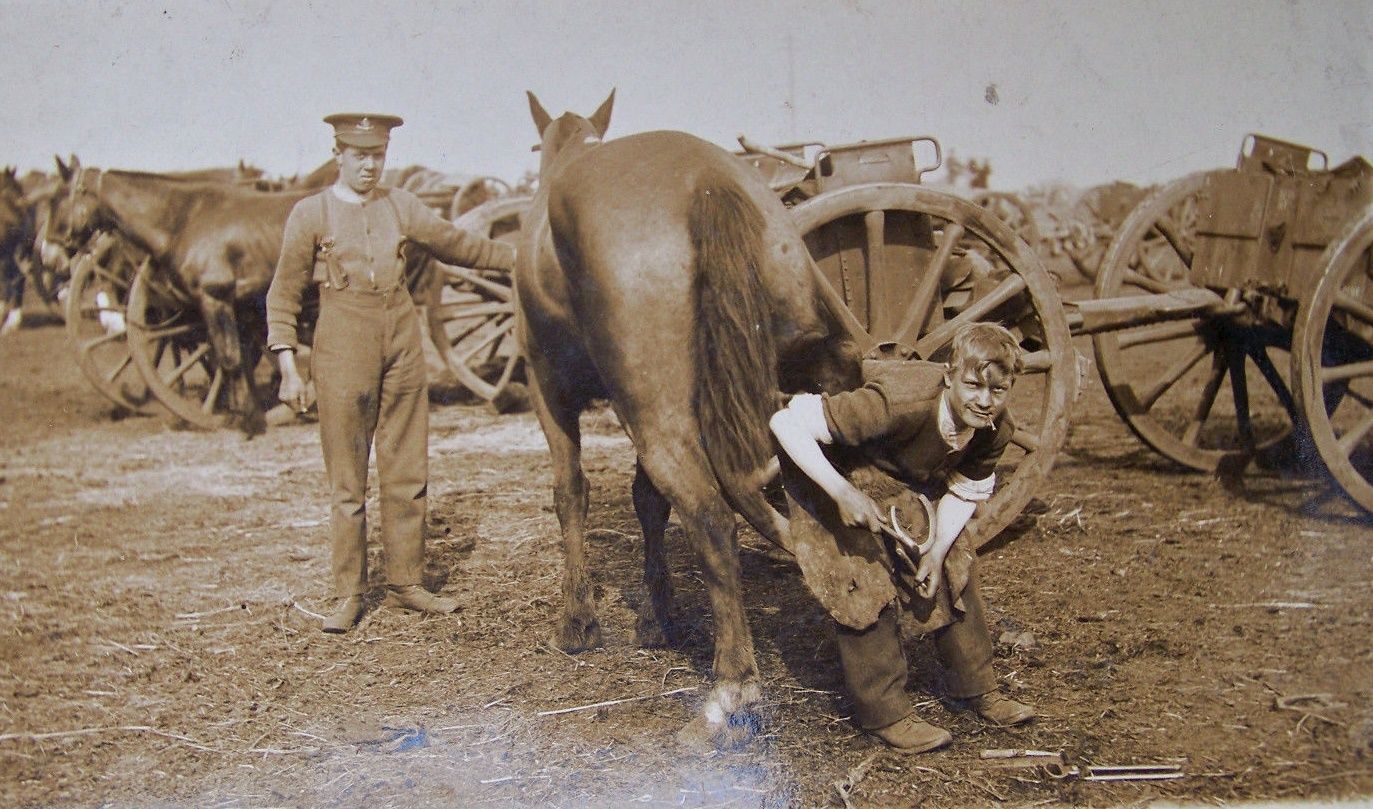
Image of shoeing smiths
Those commemorated
on the Gringley War Memorial
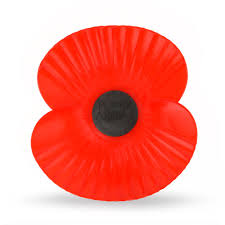
G H Antcliff, (22 yrs)
2nd Bn. Lincolnshire Regiment
A H Beech, (31 yrs)
1st/6th Bn. South Staffordshire Regiment
W R Brown, (36 yrs)
705th Coy, Army Service Corps
N W Dixon, (20 yrs)
7th Bn. Lincolnshire Regiment
P W Drakes, (32 yrs)
4th Canadian Mounted Rifles (MM)
J Goodacre, (22 yrs)
HMS 'Africa' Stoker 1st Class, Royal Navy
J A Green, (37 yrs)
2nd/8th Bn. Sherwood Foresters (Notts & Derby Regiment)
W Hardy, (28 yrs)
The Queens (Royal West Surrey Regiment) (formerly Sherwood Foresters)
G Lill, (38 yrs)
2nd/20th Bn. London Regiment
Egyptian Expeditionary Force
G Lindley (38 yrs)
'W' Coy. 2nd Bn. Lincolnshire Regiment
A Marriott (29 yrs)
Royal Field Artillery, Shoeing Smith
C Milner (30 yrs)
200th Siege Bty. Royal Garrison Artillery
C Moody (29 yrs)
47th Bde. Ammunition Col. Royal Field Artillery, Shoeing Smith
W Nelson (29 yrs)
4th Bn. Grenadier Guards
G North (19 yrs)
1st/9th Bn. The Kings Liverpool Regiment
F Riley (25 yrs)
D Coy. 20th Bn. Durham Light Infantry
A E Scrafield (28 yrs)
11th Bn. Essex Regiment, formerly North Staffordshire
W J Scruton
2nd Bn. Seaforth Highlanders
C H Smith
10th Bn. York & Lancaster Regiment
T Styring (24 yrs)
Royal Garrison Artillery, 150th Siege Bat.
W E Taylor (24 yrs)
1st/5th Bn. Sherwood Foresters (Notts & Derby Regiment)
F Thompson (27 yrs)
9th Sherwood Foresters
C Wagstaff (24 yrs)
9th Coy Machine Gun Corps Infantry (formerly Lincolns)
T G Walker
9th Lancashires (formerly Sherwood Foresters)
Sergeant Ernest Chappell (Survivor)
Ernest Chappell survived the Great War despite his injuries at Gallipoli.
He nevertheless died in 1922 aged 27.
~~~~~~~~~~~~~~~~~~~~~~~
Fred Riley
We received an email recently from Jacob whose Great Great Uncle Fred Riley died fighting on the Western Front in 1917, his name is listed above and of course on the village War Memorial. Jacob forwarded the only known photograph of Fred together with images of his medals, cap badge and memorial plaque. It is always a pleasure to be able to put a face to the name and we are very grateful to Jacob for sharing these photographs with us. (August 2023)


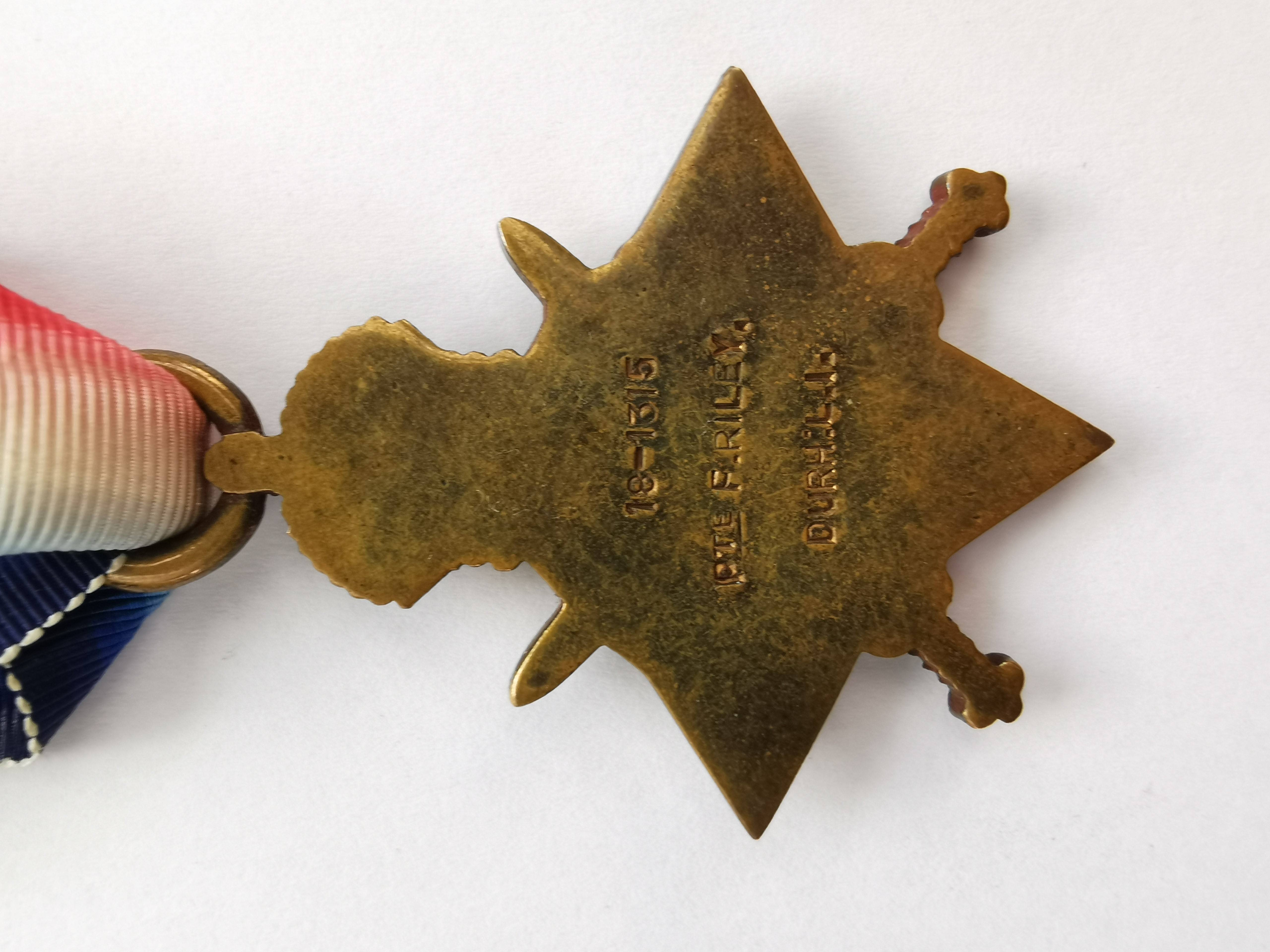 Durham Light Infantry
Durham Light Infantry
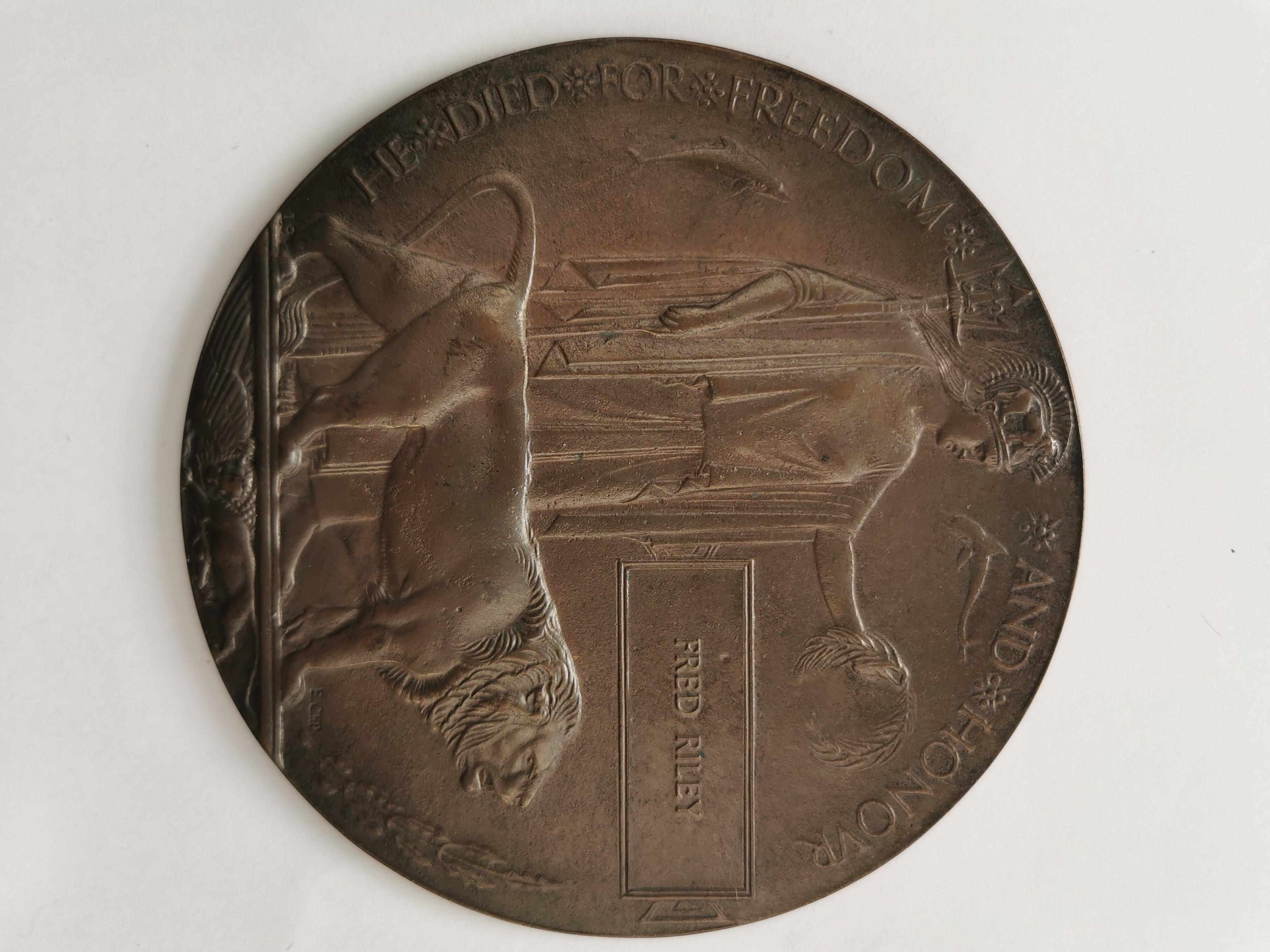
More detailed information on all those who are mentioned above can be found in the booklet, 'Gringley: A Tribute to the 24' available by contacting a member of the History Club or email: This email address is being protected from spambots. You need JavaScript enabled to view it.
WW1
LOCAL GALANTRY AWARDS

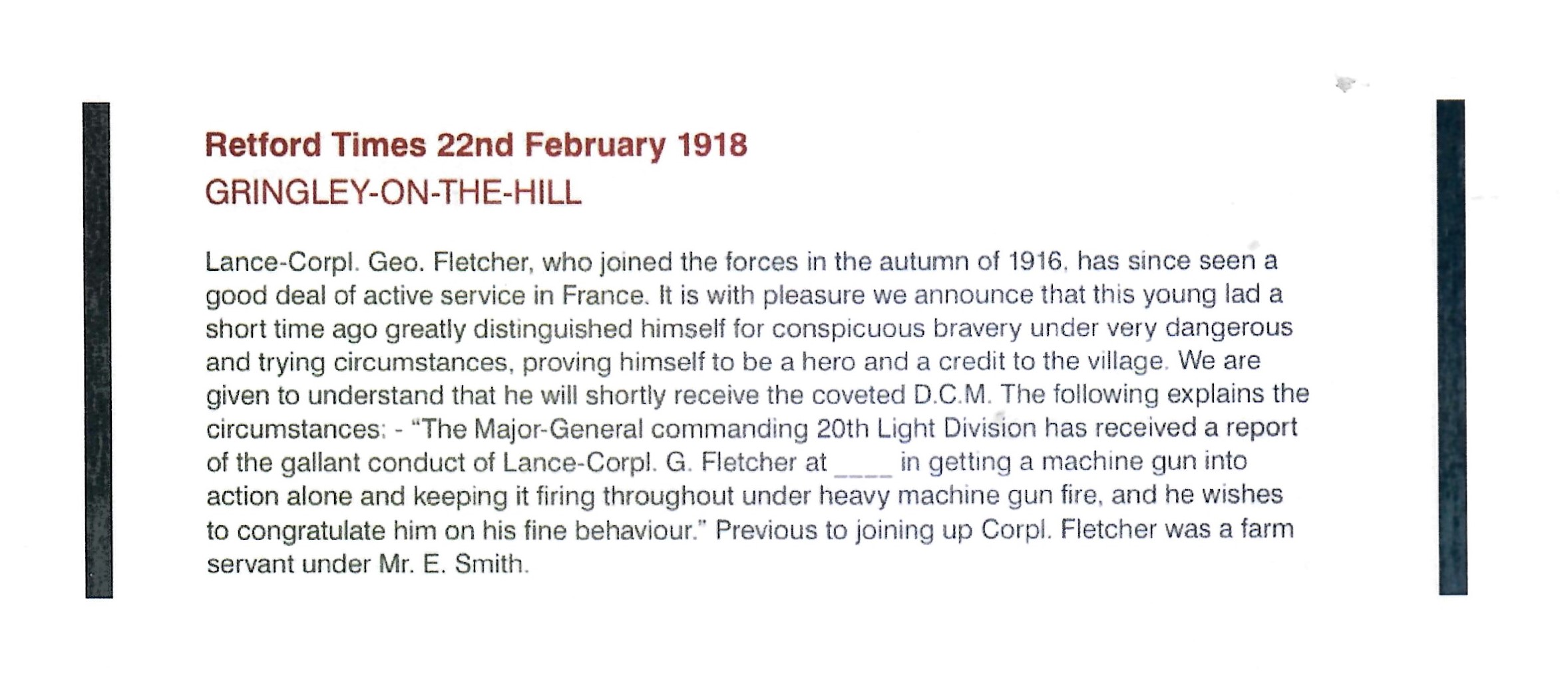
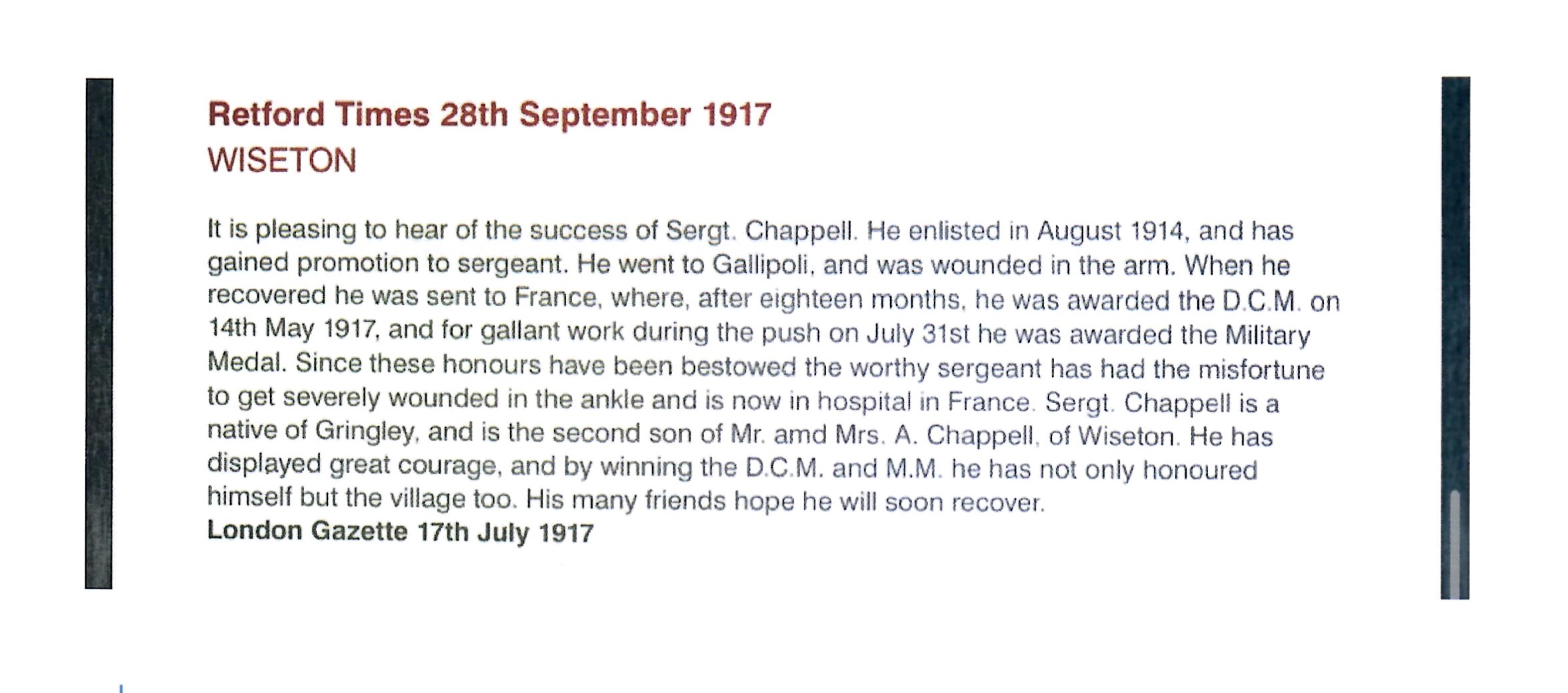
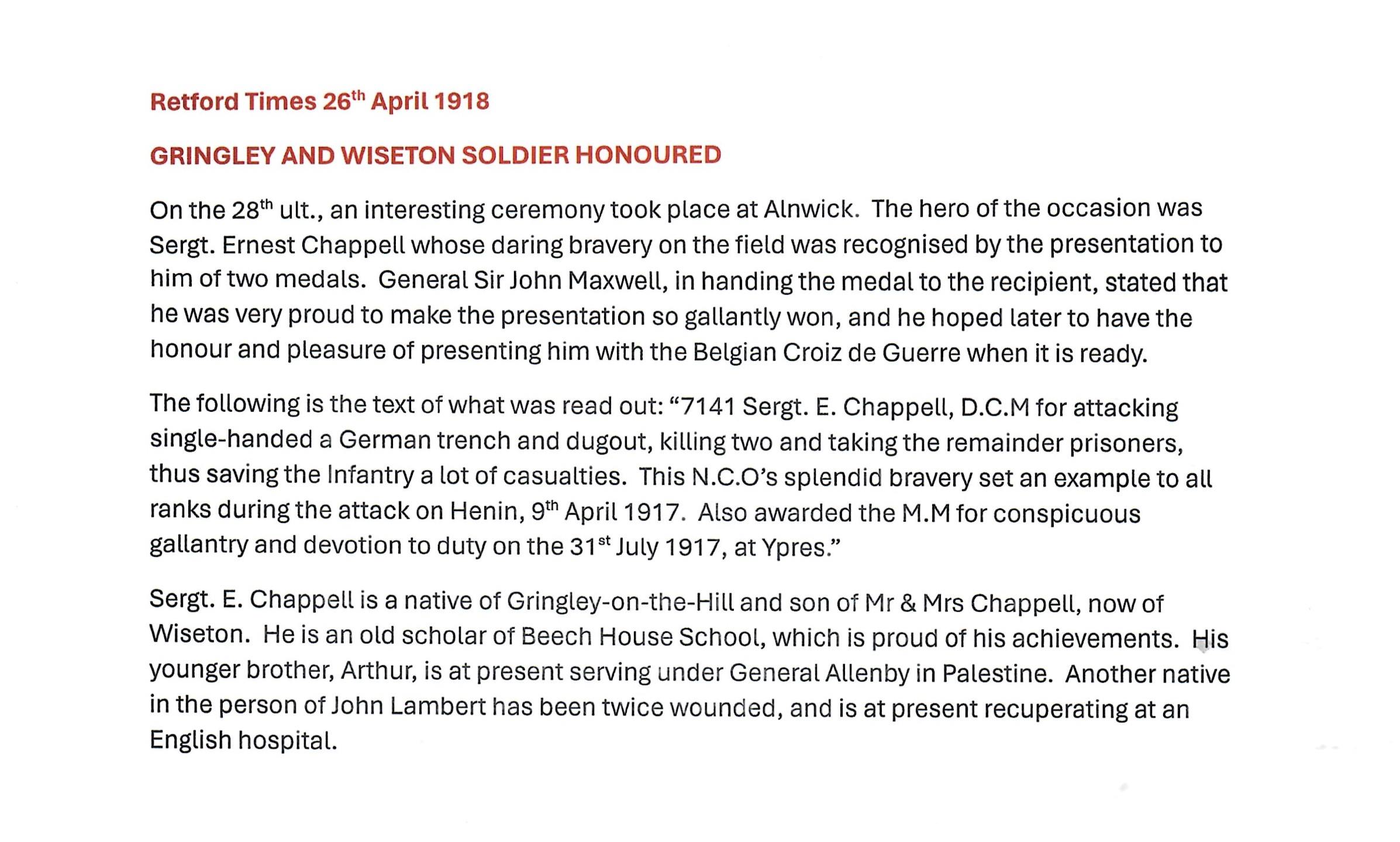
Second World War
Although distanced from surrounding major towns and cities which saw much damage, destruction and loss of life, Gringley did play its part in the Second World War. Four of its residents are recorded on the war memorial: KR Bingham; WH Collishaw; JF Smith; JS Weaver.
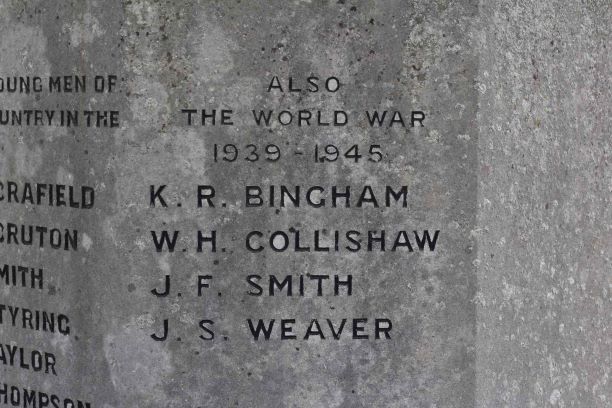
Robert Laycock of Wiseton Hall was a key player in initiatives during WW2. He was involved in the evacuation of troops from Crete and a failed attempt to capture Rommel. In 1942 he was commander of the Special Services Brigade. He received the DSO and succeeded Mountbatten as Chief of Combined Operations. The actor David Niven claimed credit for introducing Major General Sir Robert Laycock to the Commandos in which Niven was serving.
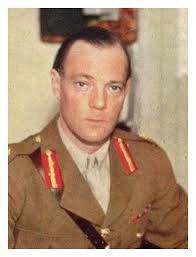 Major General Sir Robert Laycock KCMG CB DSO
Major General Sir Robert Laycock KCMG CB DSO
Brigadier General Sir Joseph Laycock, Robert Laycock's father, helped with the formation of the Home Guard in the Retford area.

Brigadier General Sir Joseph Laycock KCMG DSO TD, Wiseton Hall
Gringley Home Guard
'A' Company, 10th Battalion Notts covered the local area. The Company was made up of 4 Platoons, Gringley being No 3 Platoon. Ben Mason led the Home Guard in Gringley and lived at the Manor House.
Home Guard: No 3 Platoon (Gringley, Clayworth, Everton, Mattersey, Drakeholes, Wiseton) met in the old village hall on the High Street at Gringley, which has now been demolished. The HQ for the area was based at Gringley above Blackwells grocers shop (now Ridgewood House). Cottages (now demolished) near Gringley Beacon were used for piquet duties and had sleeping facilities in the event of emergency. There were some ammunition stores located in a brickshed off the High Street. Some clothing and equipment was stored at the Manor House, High Street. Three men would be ‘on watch’ on the Beacon at all times.
Leonard Collishaw, Home Guard
We are very grateful to Carol Jackson who has provided the following papers relating to Leonard Collishaw, member of the 10th Notts Battalion, Home Guard
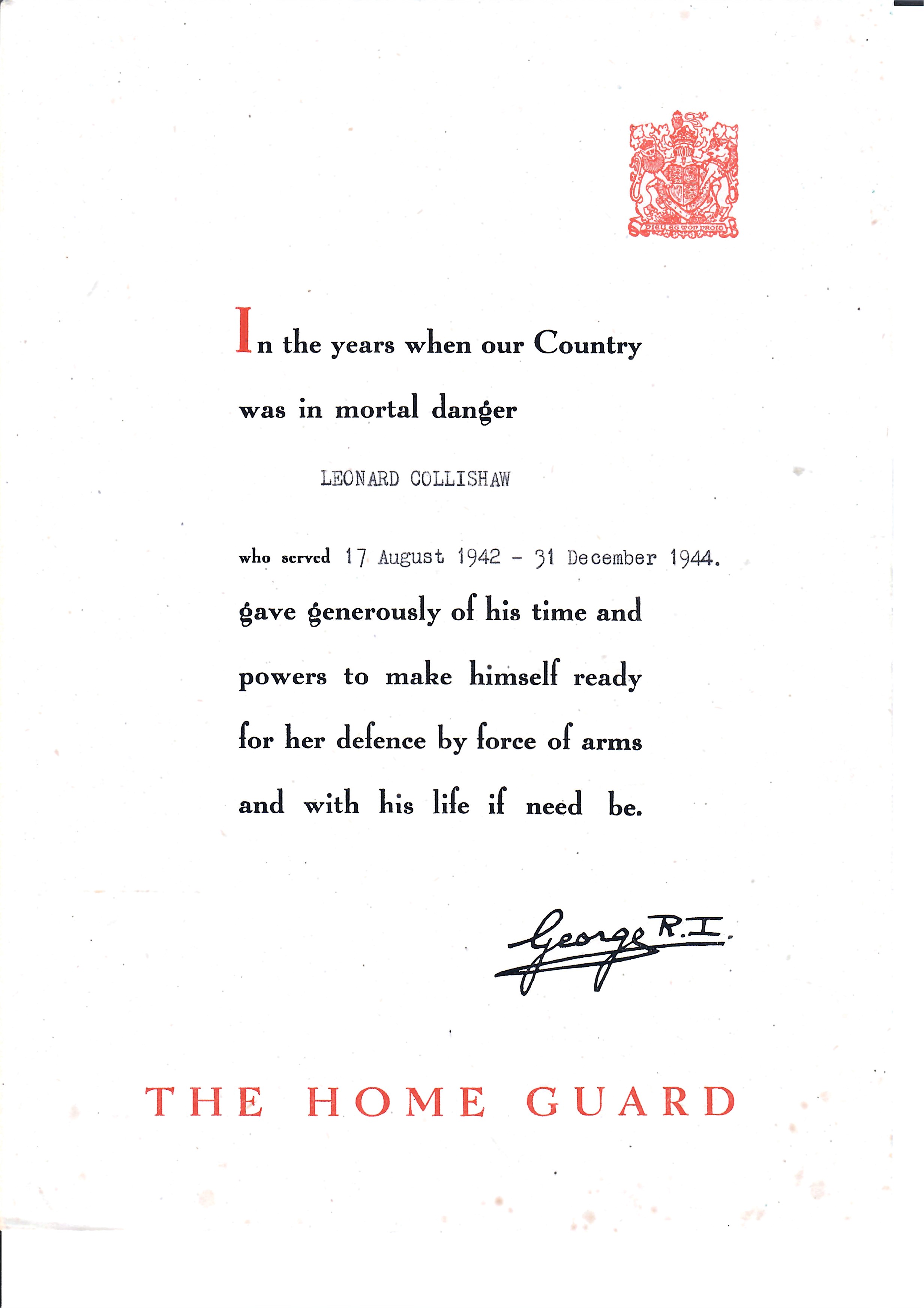
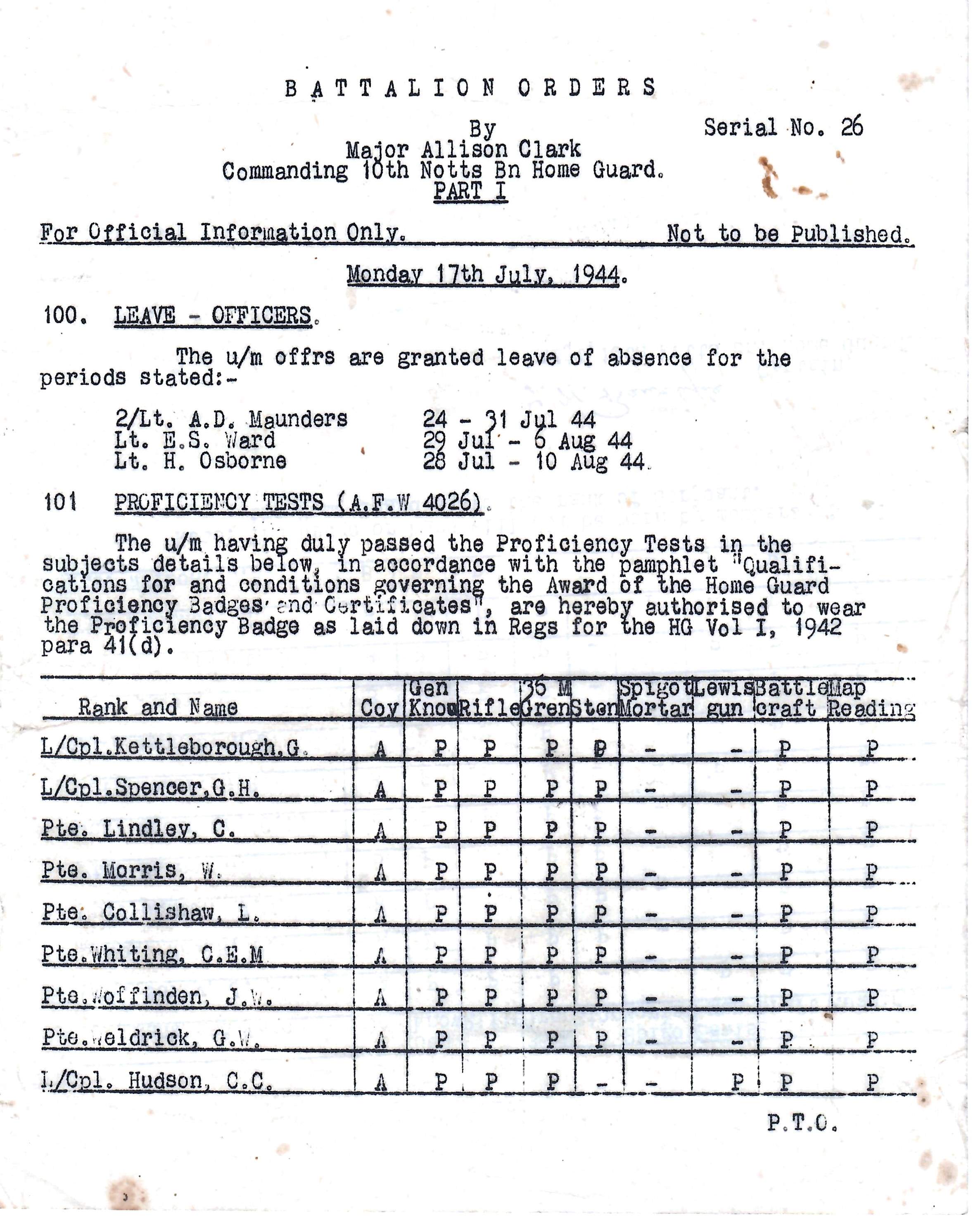
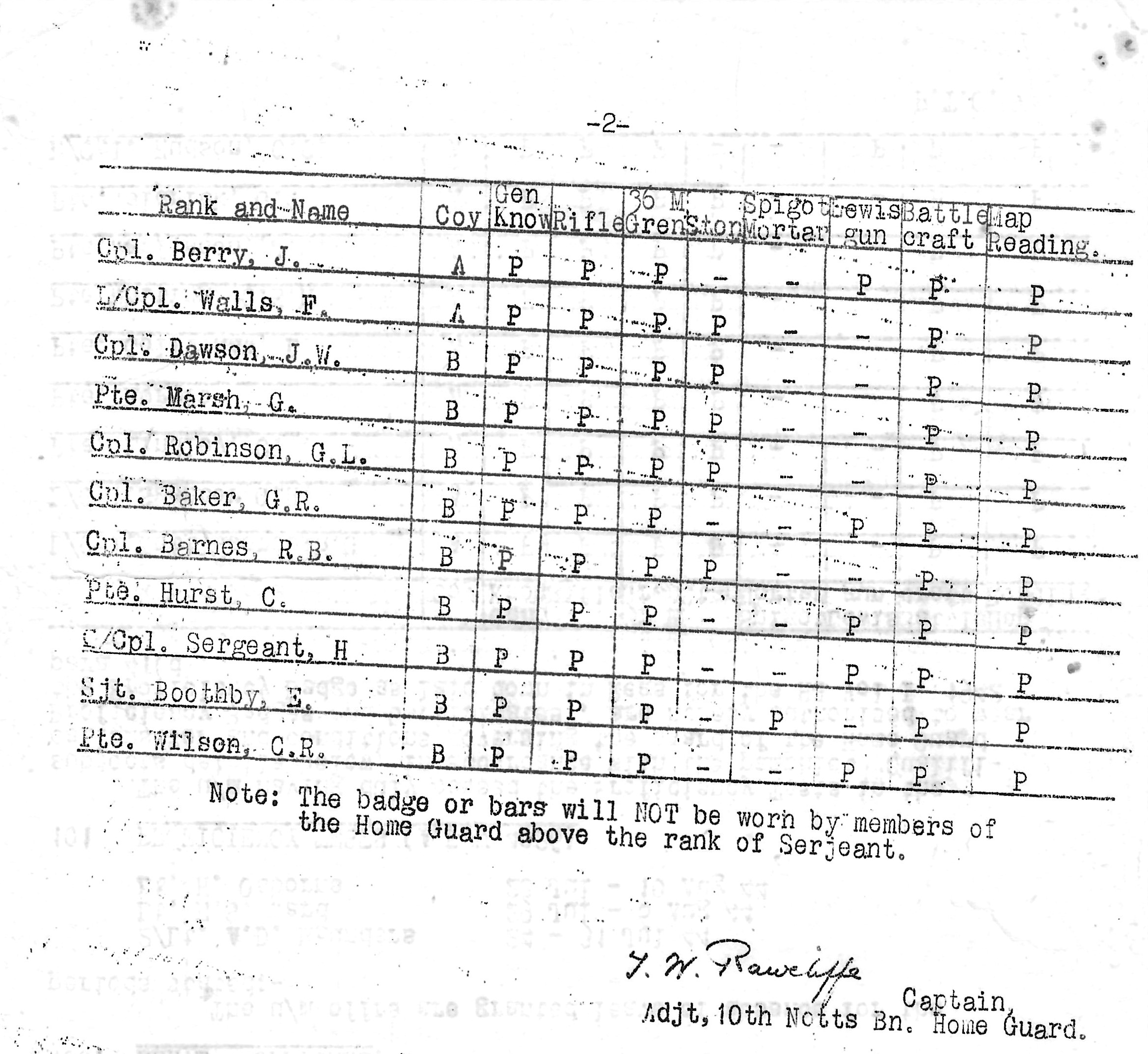
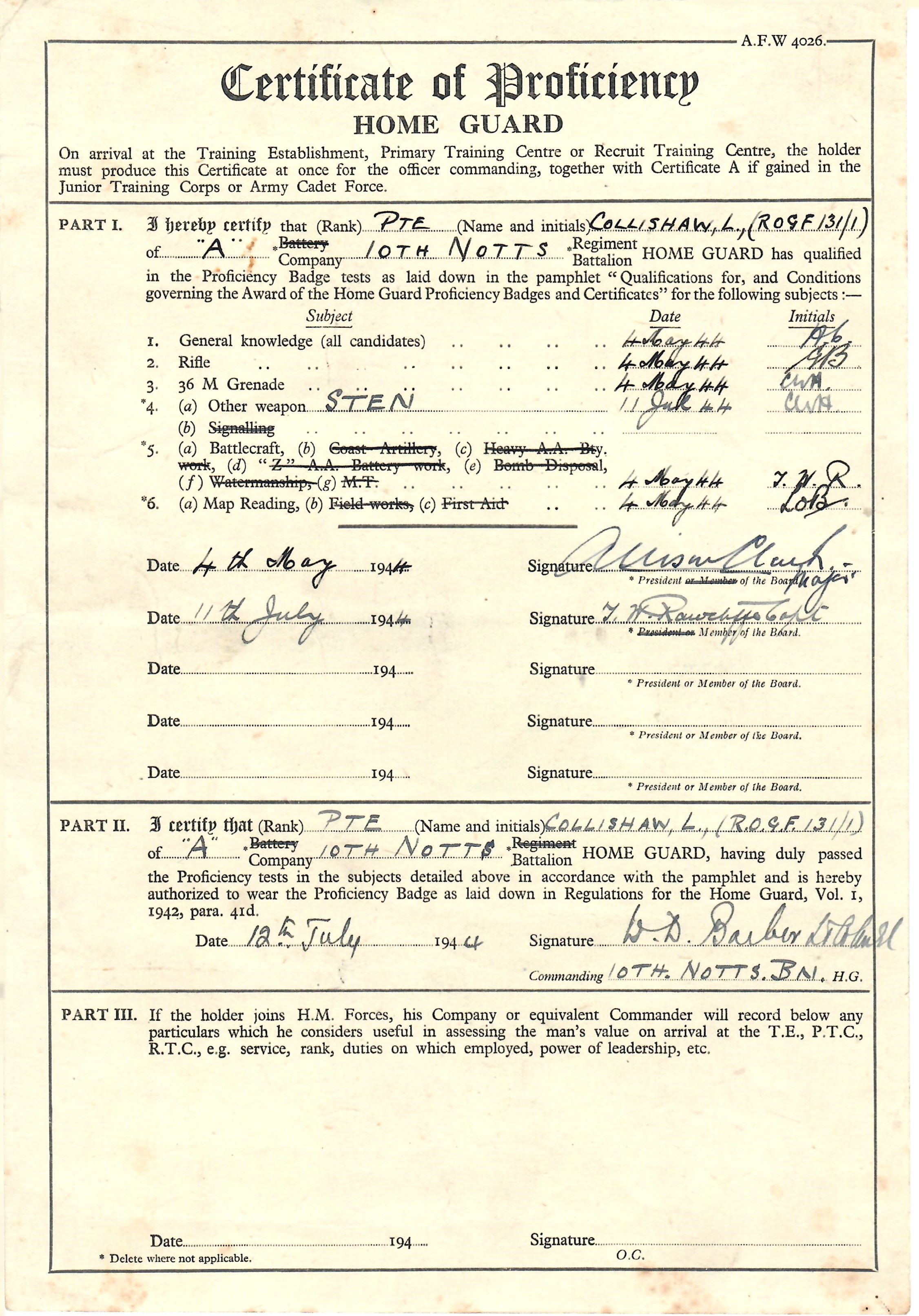
The ARP met in the billiard room at the White Hart on High Street.
There was also a unit of Special Constables.
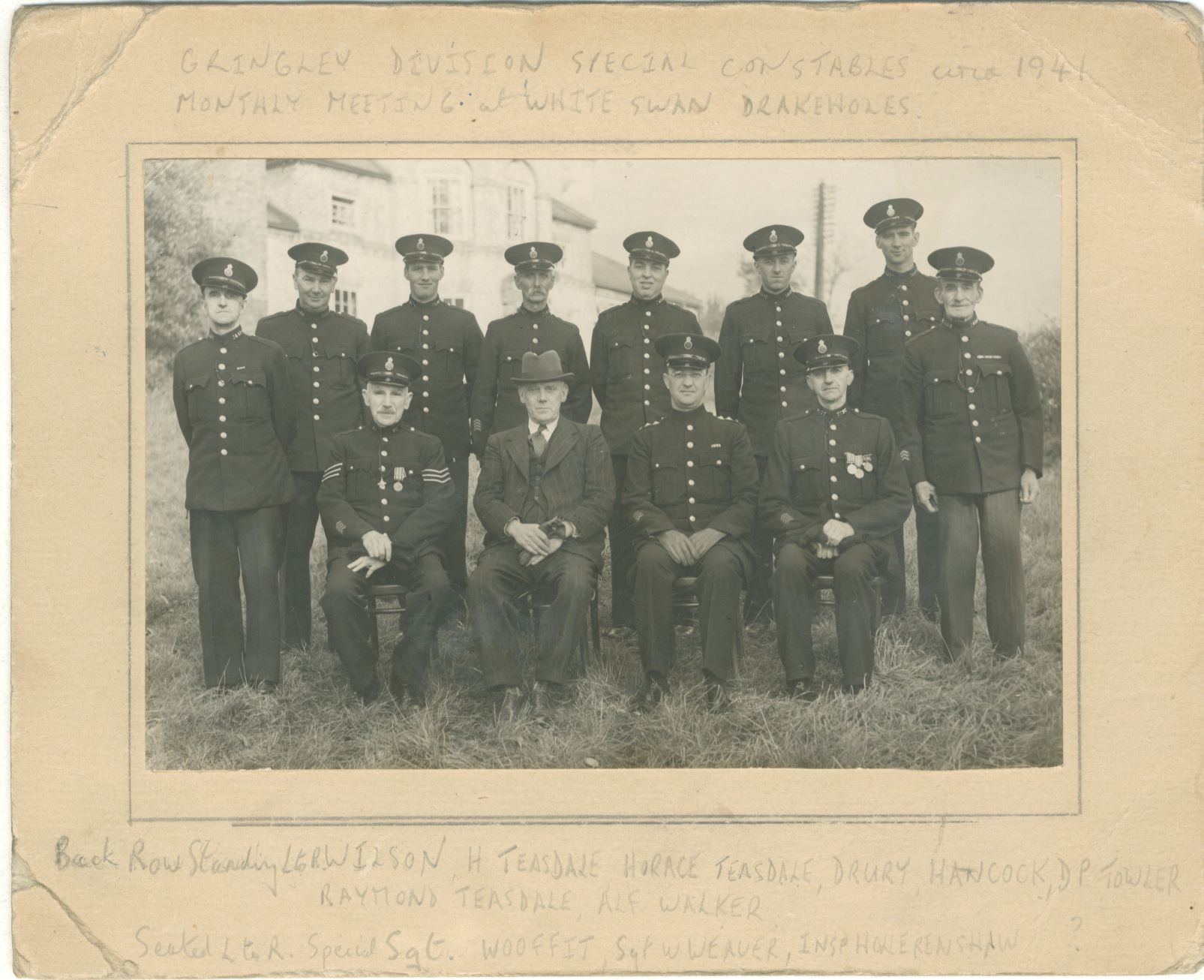
1941. Special Constables
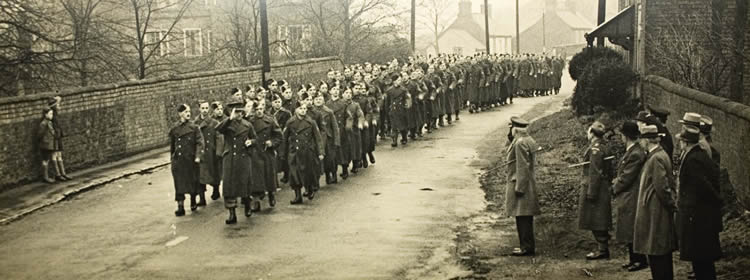
3rd December 1944, outside Ravenhill, High Street
Much of this information has been gleaned from www.beckingham-northnotts.org.uk
Women’s Land Army
The Women’s Land Army was based in wooden huts on the site now occupied by the Miller Homes development.

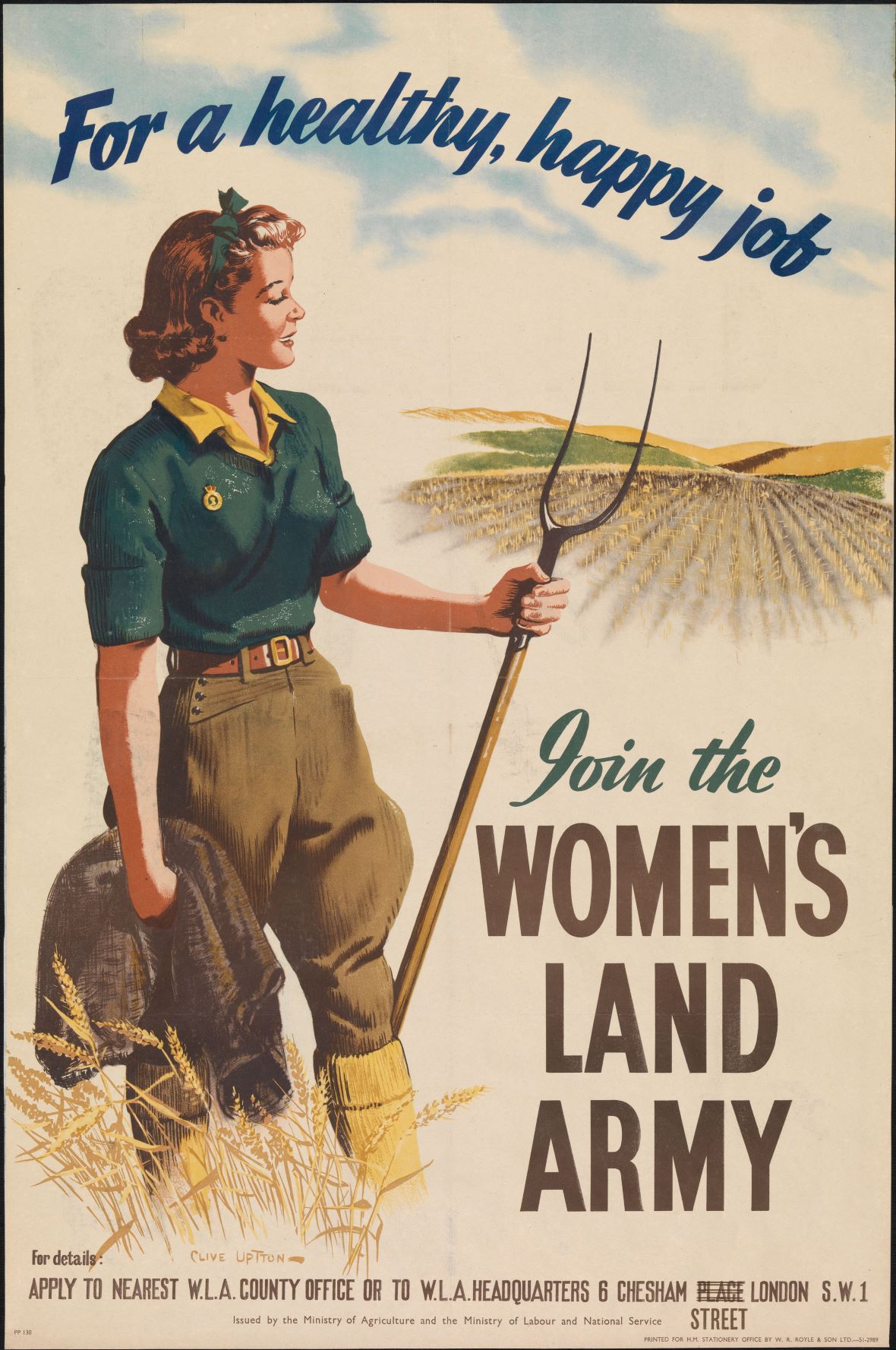
Freda Mary Graham, Land Army
“Freda Mary Graham, joined the Land Army with her sister Kay (Kathleen) Graham. They were living in Sutton in Ashfield in Nottinghamshire at the time of joining. My mother used to tell me and my two sisters of wonderful tales of her hard work and adventures in the Land Army. She often spoke about driving the tilly vans and double declutching with the gears! She relayed many stories of getting up early in the mornings at 4.00 am to undertake the milking and also of the farmers making fond advances towards the land girls.
My mother was based at Gringley on the Hill in Nottinghamshire, Chipping Norton in Oxfordshire and also Fakenham in Norfolk. She absolutely loved being in the land army and enjoyed the outdoor life. Many thanks for allowing me this opportunity to share my memories of my wonderful mother”.
Emile Koelmel
In 1941 the crew of a Heinkel 111 was making its way from Northern France to attack Liverpool. Whilst flying over Gringley the Heinkel was shot down by the crew of a Boulton Paul Defiant. Hauptmann Emile Kolmel bailed out of the aircraft with the rest of his crew but unfortunately his parachute did not open. The body of the German airman was recovered and brought to the Blue Bell before being interred in the village cemetery with full military honours. Even though his remains were later moved to the German Cemetery at Cannock Chase he is remembered with others in Gringley on Armistice Day.
Heinkel Down
'On the night of the 7th May 1941 Pilot Sergeant P L Johnson and Gunner Sergeant R T Aitchison took off on a mission to try to stop another sortie of Luftwaffe bombers over the east coast. Aitchison was born in Taihape, Auckland on 4th September 1918 and had joined the RNZAF in July 1940 and came to Britain that October.
Flying at this time were HE-111s of KG53 on a mission to bomb Liverpool. Amongst these aircraft was the command aircraft of the Third Gruppe (A1+BA). The Defiant crew picked this aircraft for their hit-and-run attack and whilst over Everton they opened fire. The bomber crew returned fire but their aircraft was already badly damaged and in flames. They bailed out leaving the plane to disintegrate over the countryside. Burning parts landed in scrubland and woodland around Scaftworth starting small fires. As the Heinkel crossed the River Idle it began to roll left as it came down. The tail then came off and the aircraft plunged in the ground just south of Scrooby sand quarry. As soon as it impacted its eight 250kg bombs and aviation fuel exploded. All this was watched by the ground crew at Kirton-in-Lindsey airfield and they described the descent “like a flaming torch”.
Despite all the crew being able to get out of the stricken aircraft Squadron Leader Emil Kolmel was unable to open his parachute and his body was found the next day near the river. Kolmel was born on 4th May 1912 and was initially buried in Gringley-on-the Hill cemetery before being reinterred at Cannock Chase Military Cemetery in the 1960s.
The rest of the crew parachuted to safety. The pilot Gunter Merton, Radio Operator Erhardt Schronberger, Flight Engineer Hans Muller, Gunner Oskar Wilfingseder surrendered without resistance. Three of them were captured on the main road by Special Constable Hodgson and several fire wardens whilst the fourth member was captured by a gamekeeper on Everton Carr. They were taken to Ranby Army Camp for questioning before being sent to 23 POW Camp Monteith, Ontario.'
Night Raids over Nottinghamshire, David Cook, Priories Historical Society, May 2012
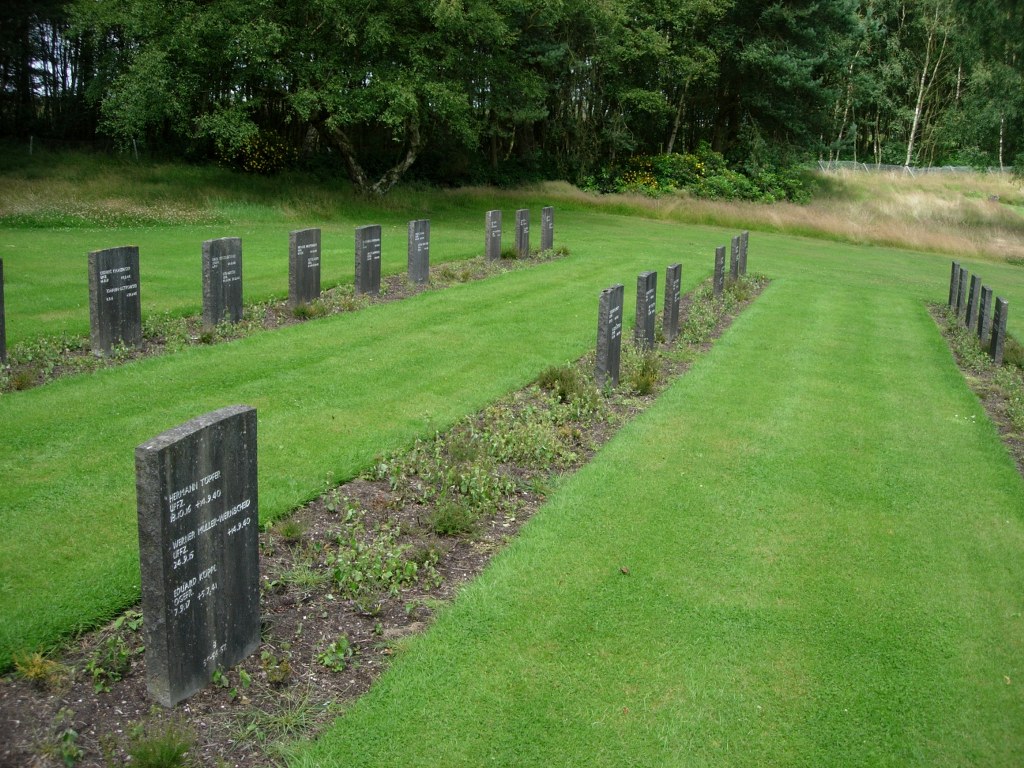
The German War Cemetery Cannock Chase
The Gringley Blitz
In December 1941 Gringley suffered an incendiary attack. It is thought that the target was Gainsborough as this was a manufacturing hub for tanks and munitions. It was reported in local newspapers that a pilot became lost and dropped his incendiary devices in scrub land which caught fire. Perhaps thinking that the fire in the grass and Fox Covert woodland showed the location of their target, other aircraft dropped their loads resulting in a miniature ‘blitz’. Farm buildings were destroyed or damaged, but no villagers were injured.
Green Farm on Lancaster Road, home of the Hardy family, was badly damaged in 'the Blitz' and the property became unsafe to live in.
" . . . bombs dropped on Green Farm, Fox Covert, Halls Road in a field - unexploded . . . and one at the back of Walkers Farm which hit a muck heap. You can still see the bowed walls in the house at Green Farm. The bomb hit Green Farm yard, totally destroyed the cattle sheds . . . took a wooden dovecote off the granary and damaged the house. The Germans were looking for Gainsborough - tanks on the by-pass"

1941. The Rescue Squad demolishing bombed buildings
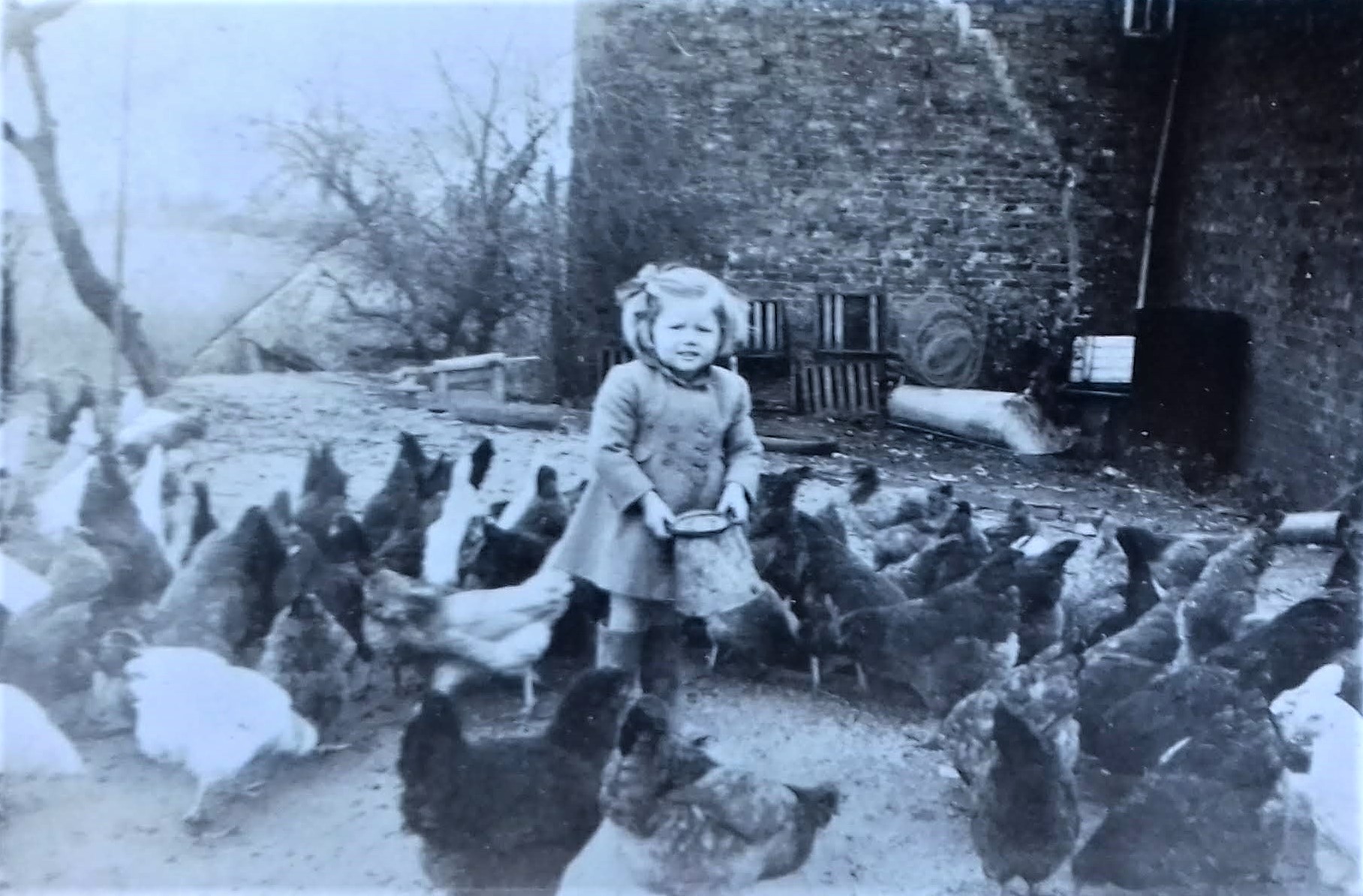
Ann feeding the chickens at Green Farm
Ann and her sister June were evacuated to Gringley from Sheffield. The girls stayed with the Hardy family at Green Farm and recalled fond memories of that time. More of this story and Ann's memory of the bombing raid can be found in 'A Bit of News and Gossip'. Our thanks to Ann and Ian for sharing this wonderful photograph.
Evacuees
The earliest evacuees came to Gringley during 1939 by railway via Bawtry. Thirty three children were received into Gringley school on 12th September, twenty eight of whom came from Leeds. The Gringley billeting officer was Mr. Henry Hunter, of Gosforth House, High Street.
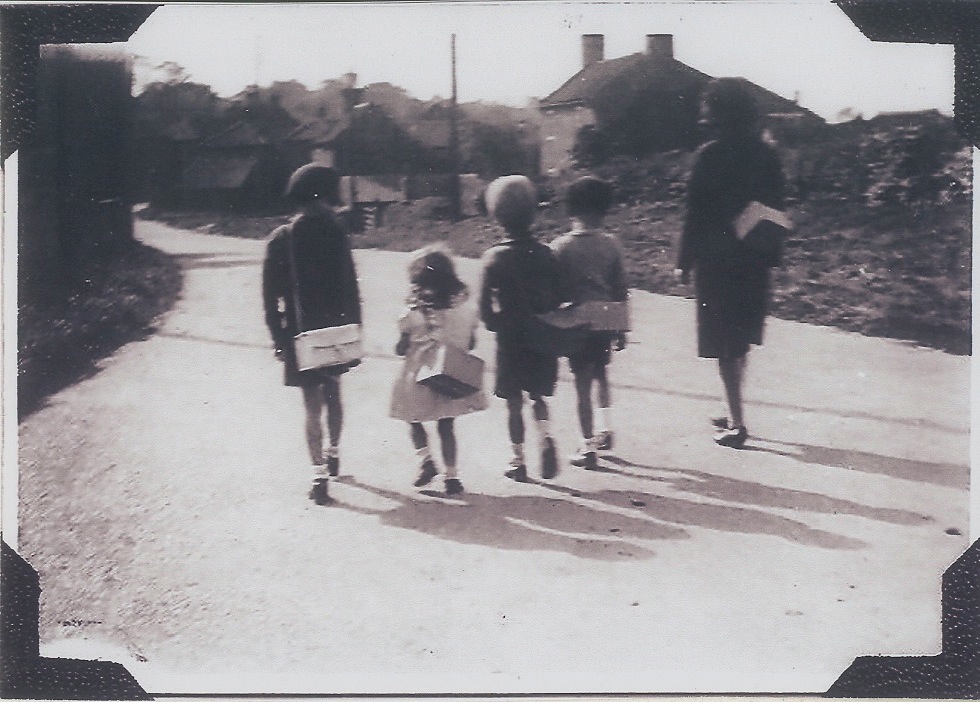
Evacuees with gas masks walking down Finkle Street
Another 28 evacuees arrived in June 1940 from Great Yarmouth. By 1941/1942 the number of incoming evacuees had diminished but St Peter’s School was still receiving a trickle of children from various areas, primarily Hull, but also Birmingham, Yarmouth, Nottingham, Streatham, Driffield and Paisley. Most children stayed less than three months, some less than a week. The youngest was 4 and the oldest 14. About 10 stayed over two years.
Official evacuees in organised groups were supplemented by unofficial evacuees arranged by families. Brian Shaw, a local boy, wrote of his memories as an 8-year old living opposite the church in his memoire ‘Bread and Lard and Sugar Sarnies’, "evacuees poured in from Birmingham and Nottingham. They brought with them impetigo – on a grand scale. If you were eating an apple they would follow you round and beg the core. They soon learned the village was full of orchards and would pinch their own."
Edith Teesdale (now Newsham) wrote in her reminiscences about the shock for local pupils at St Peter’s as "our school became suddenly full of strangers. They had come from the city but settled well into village life and we soon became friends."
The Story of Evacuee: John Neal
John contacted us in August 2013. He was trying to fill in some gaps from his childhood. He remembered being evacuated from Birmingham to Gringley.
In December 1940 John was 5 years old and had a memory of boarding a bus with other children at Silvermere Road School, Sheldon in Birmingham and taken to their temporary homes. John’s mother told him that he was to be accommodated with a school teacher or undertaker living on the High Street. In fact, he was placed with Henry Hunter and his family at Gosforth House. John says, “I don’t remember very much about the time I spent there, but I do remember very well that first Christmas and opening my presents which included a fort and lead soldiers! The family I stayed with were a well disciplined family with good values and when my mother came to visit me she mentioned what a good family structure they had and that they had turned me into a proper little gentleman! The only reason that I didn’t stay longer was that after her visit, my mother missed me terribly and took me back to Brum.”
We know from the school register that John was received into St Peter’s School on 16 December 1940 along with 25 other evacuees from Birmingham. He left the school on 10 April 1941 and returned to Birmingham.
John has been successful in the music and television business for over 40 years and performed as Johnny Neal and the Starliners.
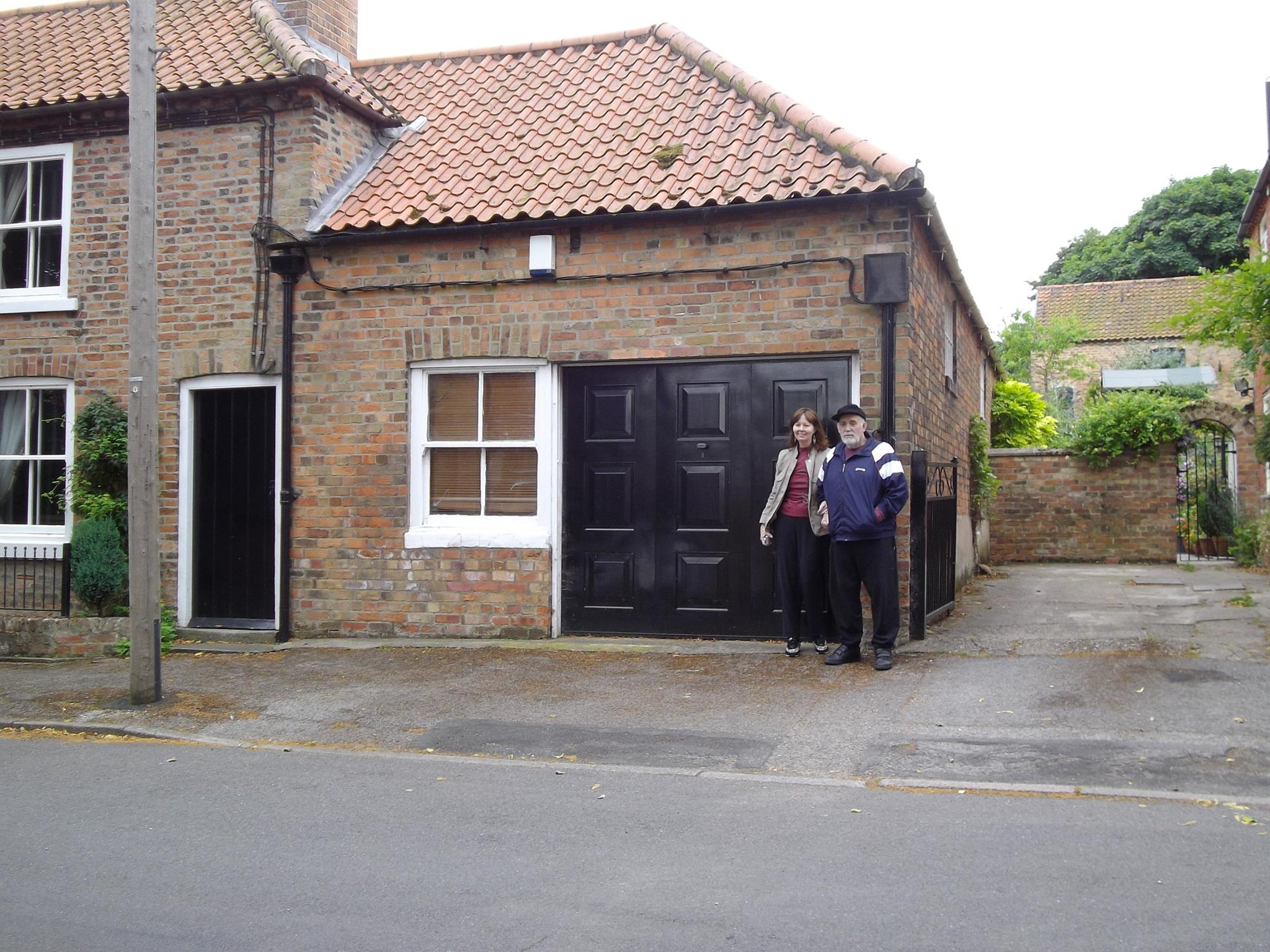
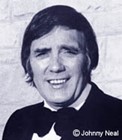
2015. John and his wife outside Gosforth House on their visit to the village
Other Evacuees

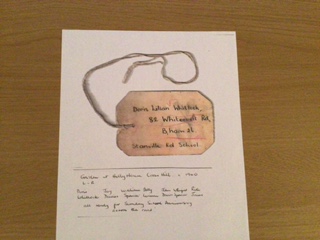
c1940. Garden at Holly House on Cross Hill "all ready for Sunday School Anniverary across the road". The evacuee tag notes, "Stanville Road School, Birmingham"
Prisoners of War
Prisoners of war held in local POW camps helped with agricultural work in the area.
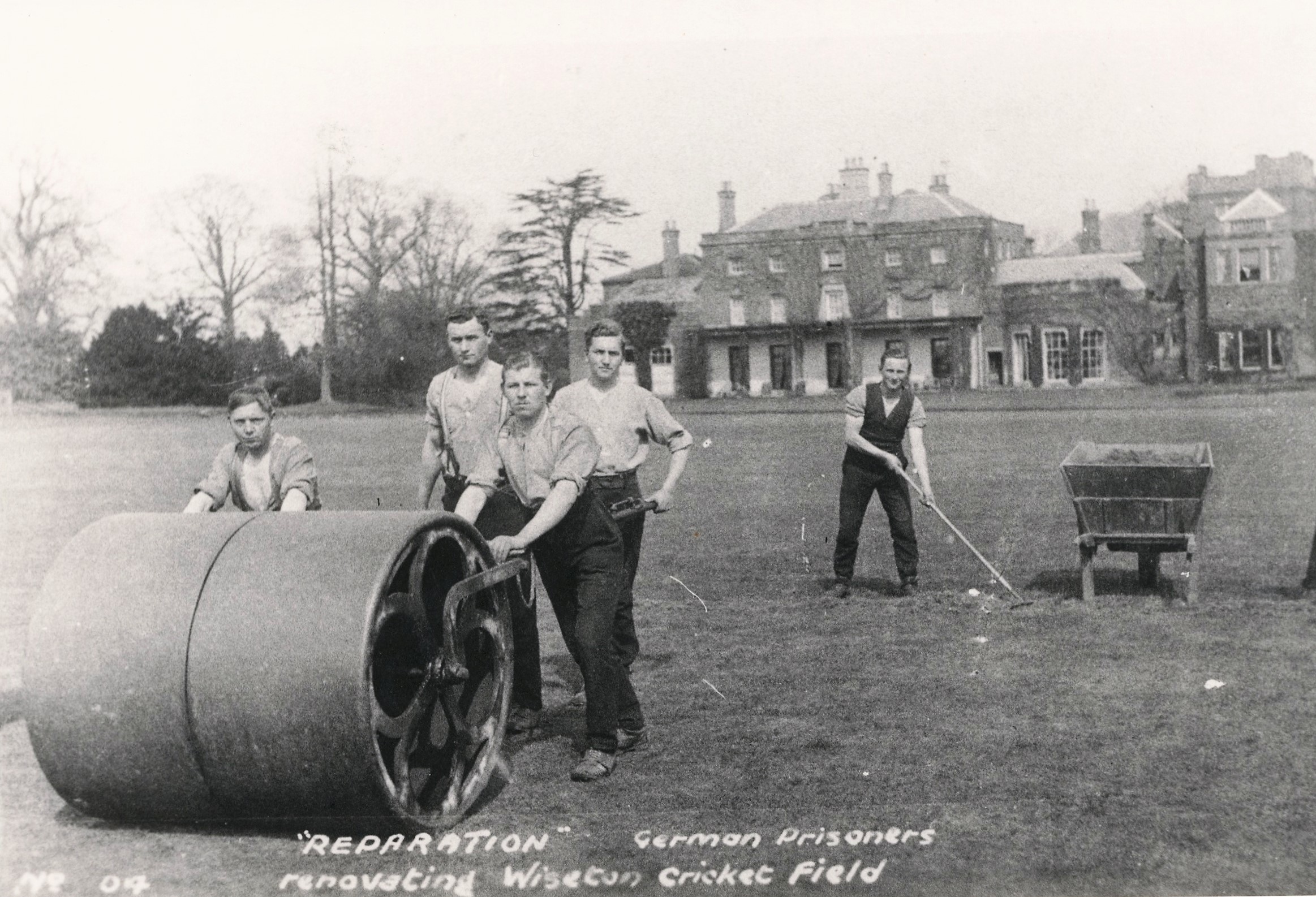
POWs helping at Wiseton Cricket ground.

1945 Two POWs helping with farm work
Memory of Mary Newsham
'Two prisoners of war that worked at North Carr - they were holding my youngest brother (born 1939). Reminded them of their life at home. They made him toys in evenings at camp with old bits of wood from the farm, e.g. hand held piece of wood with cut out chickens made to peck by strings fastened to a piece of wood underneath. Also the ladder with a tumbler who went from top to bottom, also a flapping duck . . . Unfortunately all these got lost in the 1947 flood. My brother thinks they were in a camp at Ranskill?'
